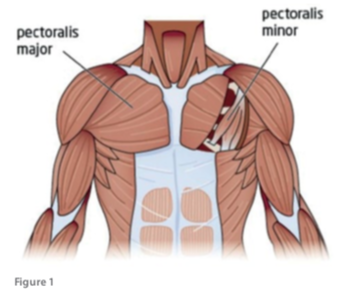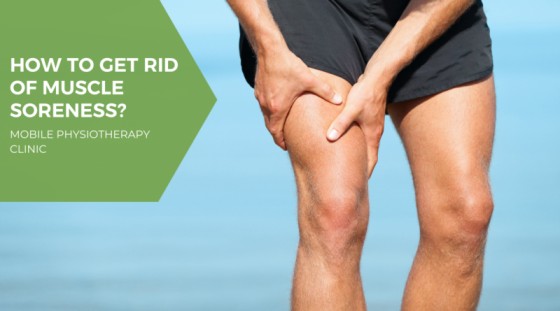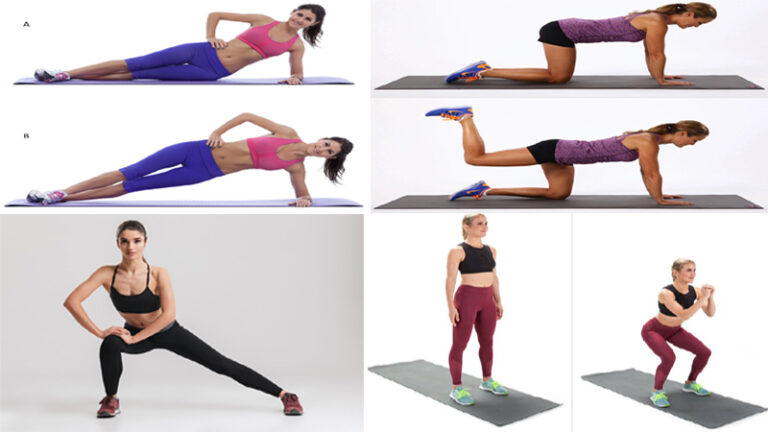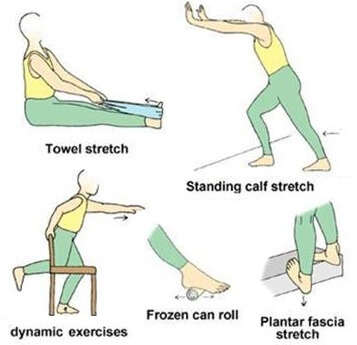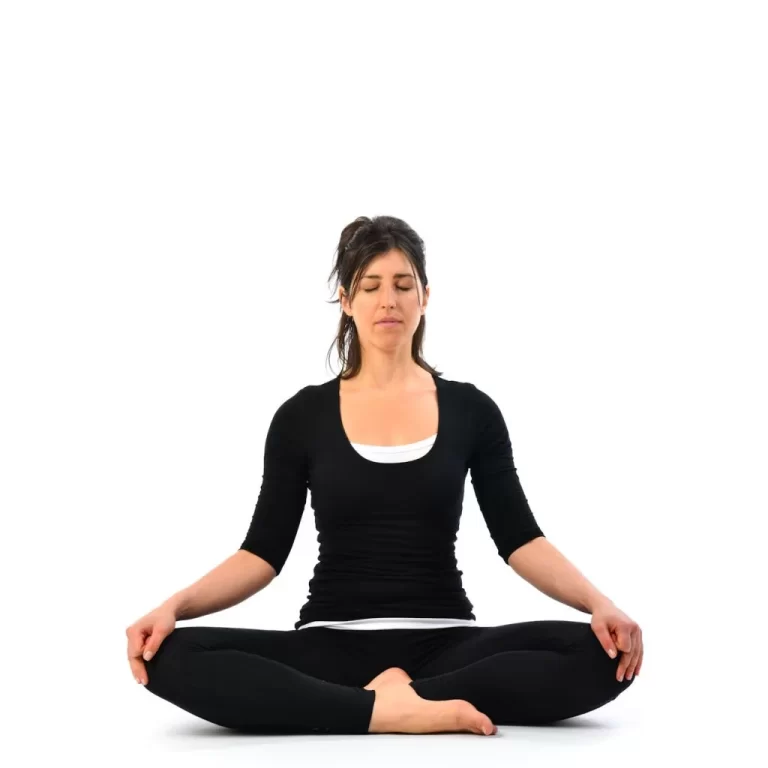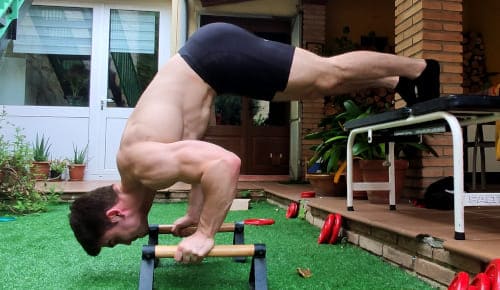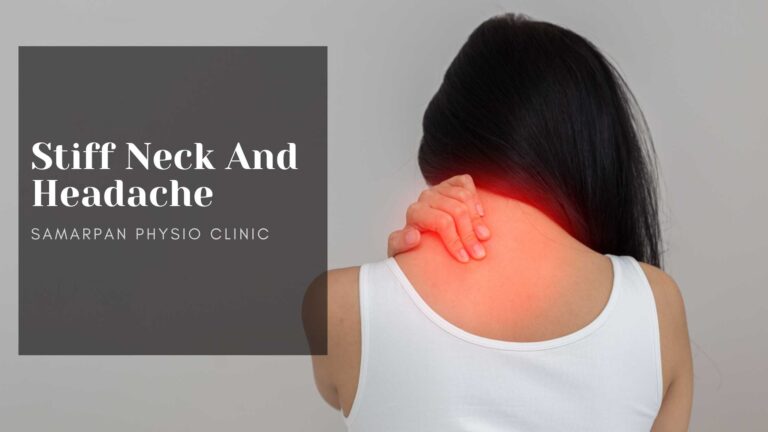Pectoralis Major Muscle
What is the pectoralis major muscle? The pectoralis major muscle is a broader, fan-molded, or 3-sided focalized muscle, situated at the chest of the human body. It is made up of the majority of the chest muscles & lies beneath the breast. The pectoralis major is the pectoralis minor, a flimsy, 3-sided muscle. The pectoralis…

